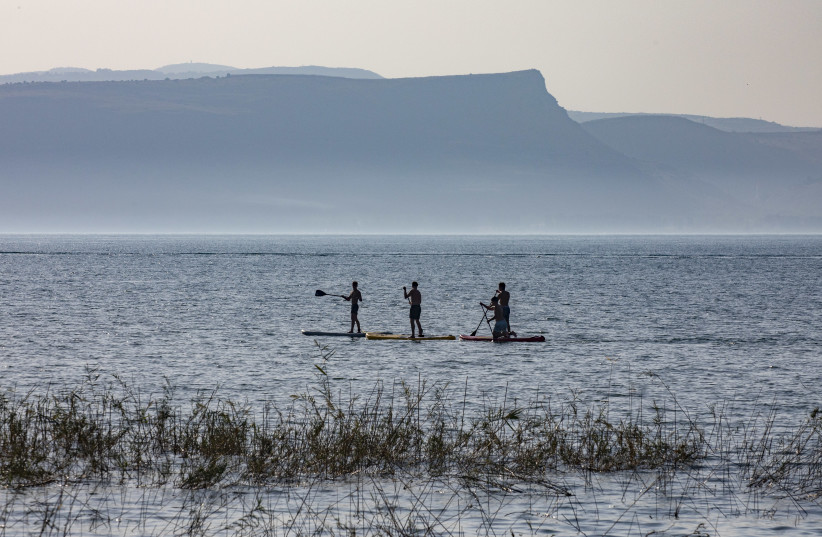Humans living on the shores of Lake Kinneret (the Sea of Galilee) some 22,500-23,500 years ago, during the last ice age period, lived a surprisingly thriving and rich lifestyle, a Hebrew University of Jerusalem (HU) analysis of remains from the area shows.
An HU study, published in the peer-reviewed academic journal PLOS One, of animal remains found buried in Israeli archaeological site Ohalo II uncovered a rich diversity of food sources during a period of food scarcity on planet Earth.
The remains of animals such as gazelles, deer, hares, and foxes who lived during the Last Glacial Maximum, between 22,500-23,500 years ago, were examined and analyzed in the study, led by HU doctoral student Tikvah Steiner.
Archaeologist Prof. Dani Nadel, of the University of Haifa, excavated the northern Israel site, examined the diet and extensive use of the animal parts to determine the welfare and lifestyle of ancient inhabitants.
Some 22,000 remains found in the site, as well as previous findings such as charred plant remains, flint tools, cereal grains, all signify a robust diet and lifestyle for tribes living in the area at the period.

The Israeli research team concluded that Ohalo II presented a wider variety of sustenance than most other sites in the Epipaleolithic period.
During the Last Glacial Maximum, the latest ice age period in the planet's history, drought, desertification and a large drop in sea levels were common throughout most of the world, which was heavily affected by large ice sheets covering most of its surface.
However, a previously submerged fisher-hunter-gatherer camp, located on the shores of Lake Kinneret, thrived due to the ice age having minimal effects on the region and specifically in Ohalo II.
The civilization occupying the shores at the time enjoyed a varied choice of food, from a spectrum of edible plants to mammals, reptiles, birds, and fish.
The researchers believe the findings indicate a rich diversity of food sources during the ice age period, rather than a decline in the availability of food.
